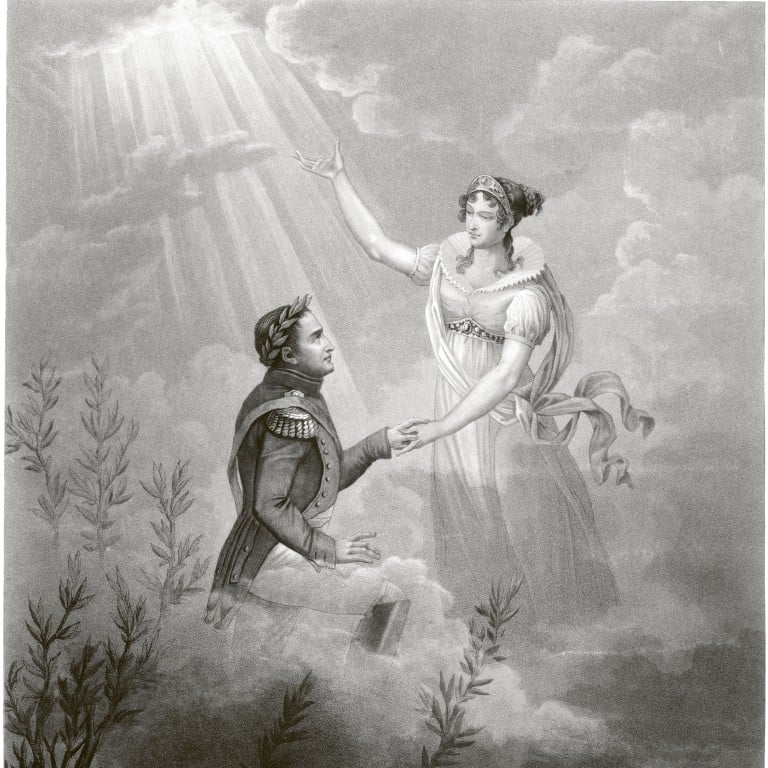Chaumet’s royal muse: the jewellery brand was beloved of Empress Joséphine of France, Napoleon I’s first wife, who made tiaras fashionable – and had a collection dedicated to her two centuries later

- Marie-Étienne Nitot, who founded the Parisian high jewellery maison in 1780, was jeweller to the imperial court in the 19th century – and personal jeweller to the empress
- Since then, the brand has created rings, necklaces, jewellery watches … and around 2,500 different tiara models, which also inspired the 2010 Joséphine collection alongside Belle Époque drawings
History has it that the French Emperor loved Joséphine passionately and indulged the empress’ insatiable love for jewellery. This led to Marie-Étienne Nitot (who had founded Chaumet in Paris in 1780) becoming jeweller to the imperial court in 1802 and personal jeweller to the empress. For this, we can thank the emperor’s predominantly political tastes, led by his desire to make France the centre for luxury and fashion design once again.

The tiara has remained a Chaumet speciality ever since. In all, the brand has adorned heads around the world with around 2,500 different models of tiara, aigrette and headband.

As an ambassador of imperial France, Joséphine is also said to have adapted the aesthetics of the era to fit her whimsical spirit, reinterpreting the masculine rigour of the empire’s style. To put it mildly, she enjoyed celebrating love, life and cherished moments with expensive jewels and rare gems.
Her influence even outlasted her marriage to Napoleon. As he became increasingly desperate for an heir, she acquiesced to a divorce in 1810, retaining her position as empress at his insistence until her death in 1814.
